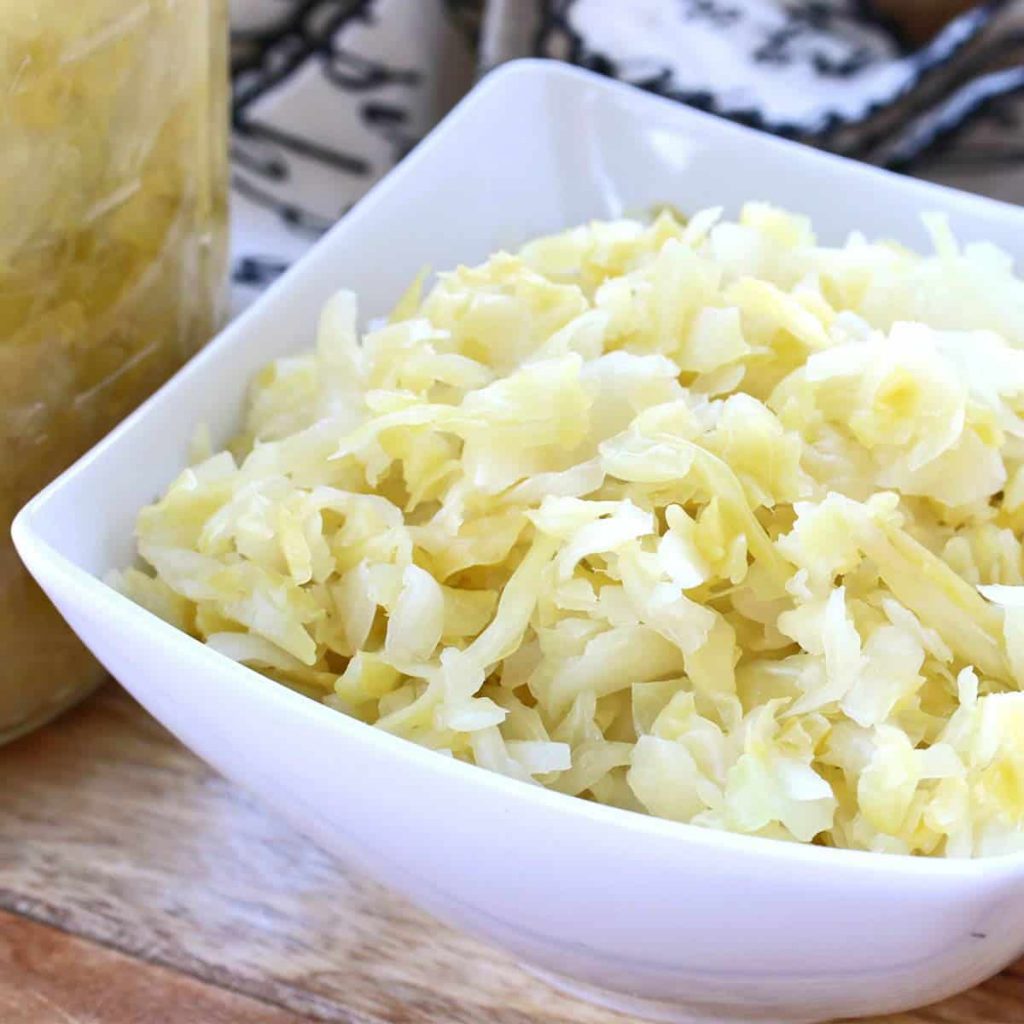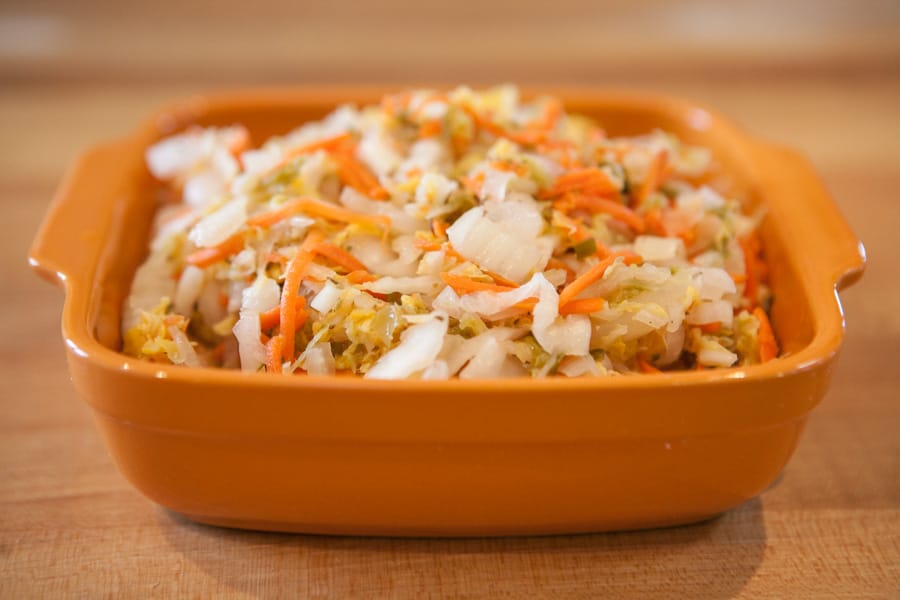The theme of this year’s National Nutrition Month®, “Celebrate a World of Flavors,” takes us back to the familiar foods we love. It is a journey to the market we used to visit, to grandma’s kitchen, to the country where we or our parents or grandparents were born; it makes us long for the spices featured in our favorite dishes. In short, it takes us back to our roots.
This month is about sharing and celebrating our cultures, traditions, and flavorful dishes. Eating different cultural foods makes meal prepping more interesting, helps us to try new things, and increases the variety of nutrients in the foods we eat.
Many of the traditional recipes passed on from one generation to the next are nutrient dense and help form a balanced diet. The three traditional dishes below add fiber, which helps with regular elimination. The last two are loaded with vitamin C, which helps the body fight disease, and they contain probiotics that help keep the digestive system running smoothly and reduce the risk of colorectal cancer.
Traditional foods shared by nutritionists at Mary’s Center:
Arepas

Originally from Venezuela and Colombia, arepas can be a great addition to every meal. The 3 main ingredients of arepas are corn meal, water, and salt, and when done, they can be stuffed with tasty yet nutritional ingredients such as avocado, black beans, eggs, etc. To add extra fiber and promote a healthy digestion, ground flax or sesame seeds can be mixed with the dough. Other variations exist such as adding shredded carrots, beets and even chia seeds.
Mary’s Center Nutritionist Carolina Sierra shared her arepa recipe.
Sauerkraut

This is a form of fermented cabbage that originated in China over 2,000 years ago. Its name originated from Germany and means “sour cabbage,” due to the smell after the fermentation process. Sauerkraut is packed with vitamin C, fiber, iron, vitamin B6, copper, vitamin K, and helpful probiotics that strengthen the digestive system and reduce the risk of chronic diseases. Sauerkraut can be eaten on its own or served with different foods. In some parts of northern China, fermented cabbage is added to dumplings. In Germany, it is served with Bratwurst, a type of sausage. In Poland, sauerkraut is made with carrots and served in soups, as a side with sausages, or with smoked fish. In America, sauerkraut is eaten as a topping on hot dogs or hamburgers.
Mary’s Center Senior Nutrition Intern Kristin Schaefer shared her sauerkraut recipe.
Curtido

This Salvadoran slaw is made with shredded cabbage, carrots, onions, jalapeños, and oregano in a tangy, spicy brine. Traditionally, curtido is fermented, but a quick version can be made by using vinegar as a pickling agent. Curtido is rich in nutrients including fiber, vitamins C, and K2. The fermentation process creates beneficial bacteria called probiotics, which aid in digestion and can enhance the absorption of these nutrients. Curtido is most often enjoyed as a topping for pupusas, a traditional Salvadoran dish made of a thick corn tortilla stuffed with savory fillings. However, curtido can also be added to a variety of dishes including sandwiches, tacos, or even soup and salads.
Mary’s Center Nutritionist Celia Parada-Worby recommends this curtido recipe.
Check back next week for our next Nutrition Month blog as we continue our celebration of a world of flavors! Learn more about Mary’s Center’s nutrition services here. To make an appointment, call 1-844-796-2797 or click here.

